Making connections between the movie The Prestige, and the design of 2 activities to build trust and a shared vision in teams…
As I have settled down at ASU and the Mary Lou Fulton Teachers College, my responsibilities have grown as well. I started as Associate Dean of Scholarship and gradually have taken on the responsibilities of data analytics for the college; the work on innovation (that deserves another blog post altogether); and the Information Technology Services. What this means is that I now have a large team of people I work with and it is important that we all share a common vision and approach to all these diverse things we do.
One thing common to these different tasks is that they are service tasks – to different audiences but service none-the-less. Given my interest in design thinking, it was no surprise that I turned to the book This is service design thinking for inspiration.
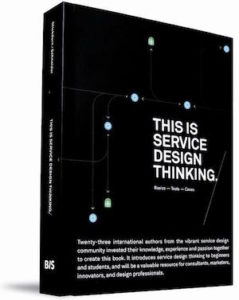
The book offers 5 key principles of service design (A quick introduction to these ideas is here.)
- User Centered: Designing from the user’s perspective and experience
- Co-created: Involving all stakeholders in the design and creative process
- Sequencing: Services play out over time as a series of interrelated actions and events
- Evidencing: Intangible services should be visualized in concrete terms.
- Holistic: Every aspect of the environment should be considered in designing the service.
Over the past few meetings we have explored these ideas as a team and yesterday we tried to bring it together. So with the leadership team we designed an hour-long experience to embody, instantiate and capture these ideas.
The question was how could be create an activity where the “implicosphere” of these ideas could be explored collectively, and would lead to a concrete artifact that could embody our collective learning and capture our experience. So this is what we did.

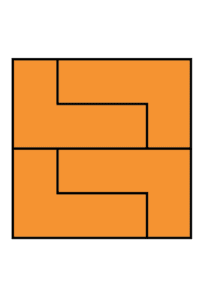
The Pledge: When the team got together, they were given 4 L shaped pieces of cardboard, arranged in the form of a square.
We then broke up in to 4 groups, each group was assigned one of the first four principles (leaving holistic aside for now). Then each group was tasked with a phase of silent writing, putting onto the cardboard words, phrases, ideas, that were related to the principle. This was followed by a session of open discussion within the small group followed by a reporting out and broader group discussion.

The Turn: Then, came the twist. Now the groups were asked to use these 4 L-shaped pieces to create a “+” sign This is a bit tricky since the first instinct is to create a “+” with the pieces – but the solution actually requires thinking of a “+” as “negative space” like shown below.
The Prestige: That is when we revealed the next piece – a pre-cut “cross” shape that fit exactly into the “hole.” And this piece, of course, was devoted to the final principle, Holistic. This piece was deliberately made of a different color and we spent a few more minutes, as a group, silently adding words related to holistic to that piece. This is what we came up with at the end (better photo coming soon).
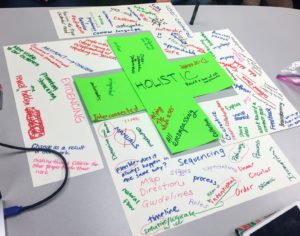
I think this activity worked well at many levels. At the most prosaic level it allowed individuals who had worked in different teams to get to know each other. It allowed us to explore the 5 principles both individually, in small groups and collectively. Finally it gave us an artifact that captures this entire activity.
But there is more.
We are four different teams (with different ways of working, different personalities and cultures) who now have to come together as one team. This means reorganization, reimagining, realignments, which if not handled well, can lead to confusion, ambiguity, and stress. My hope is that this restructuring can, if done properly lead to something more than the sum of its parts. And this activity, by taking four pieces making a square, and then reorganizing them into a new more interesting shape, suggest that the reorganization can lead to new and better things. Or one could even say the “(w)hole, that emerged, was greater than the sum of its parts.” And that is my hope as well… that at the end of the day, our new unit would be greater/ better than the four pieces that went into it.
To end the hour, everybody completed a short takeaway activity – providing feedback to me regarding their mood, successes, challenges and what they would need. This was done (stealing an idea from Candace Marcotte) by creating a little 6-page book from one sheet of paper. The front and back covers of the book are shown below:
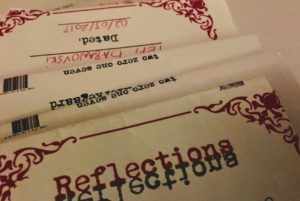
Front cover of the little 6 page booklet
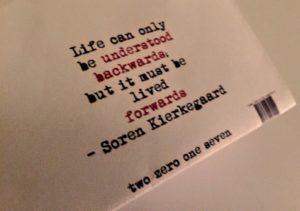
Back cover of the little 6 page booklet
Note: Instructions making such a book can be found here and here. The pdf that I designed for this purpose can be found here.
Note 2: The title of this blog post comes from Christopher Nolan’s movie The Prestige. While writing this post I realized that the 3 part structure of the activity with the L-shaped cardboards mapped somewhat neatly onto the three elements of a magic trick as specified in the movie The Prestige. I don’t want to belabor the analogy but I did find it intriguing enough to incorporate into this posting. [Shout out to Rohit Mehta who first brought this connection between teaching and The Prestige to my attention.]

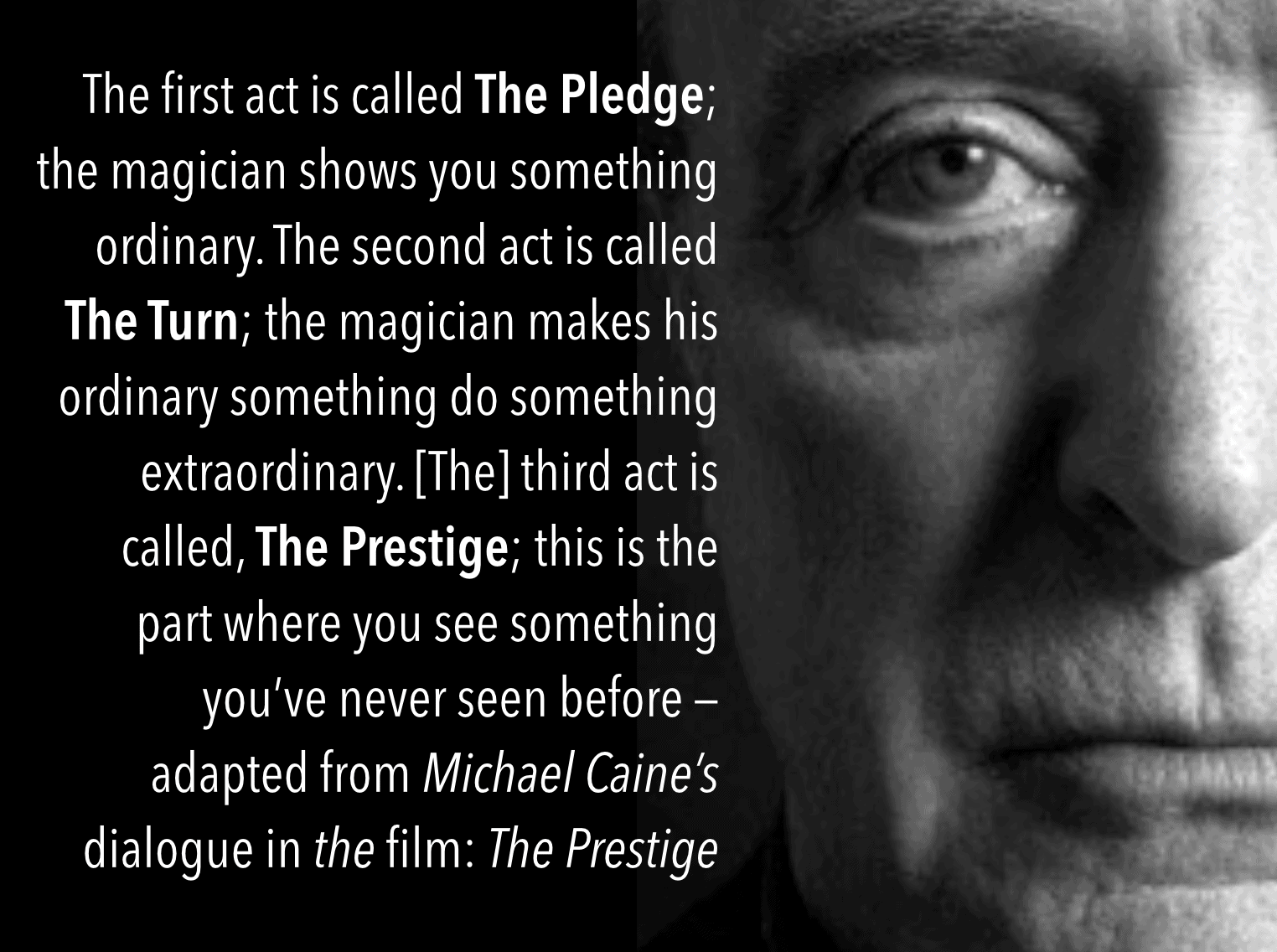
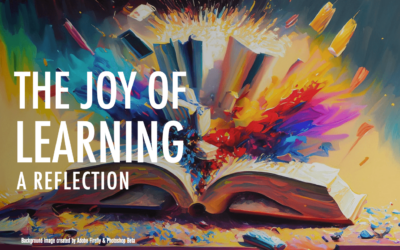

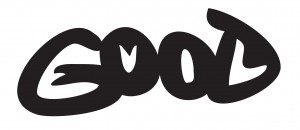
0 Comments
Trackbacks/Pingbacks